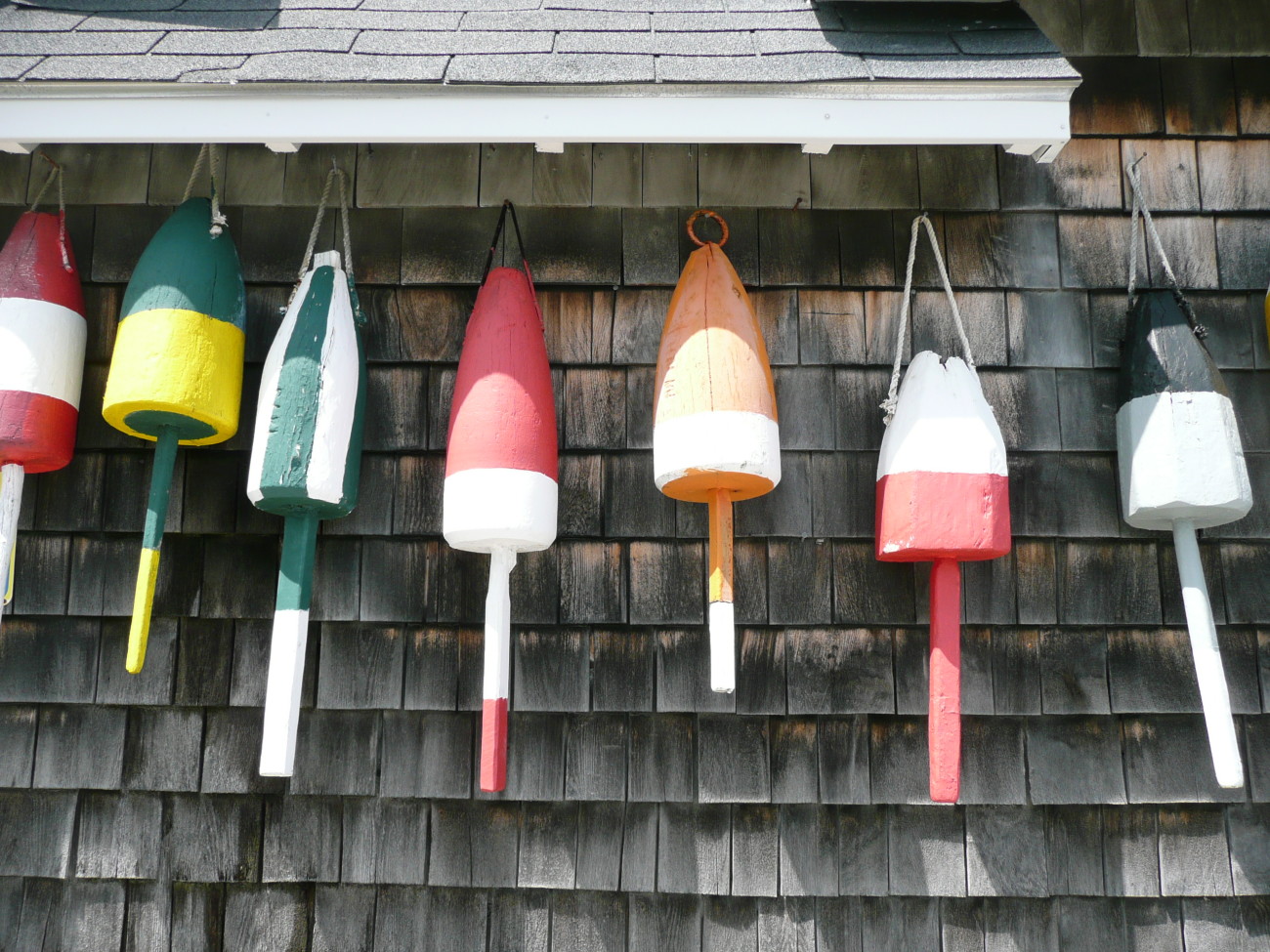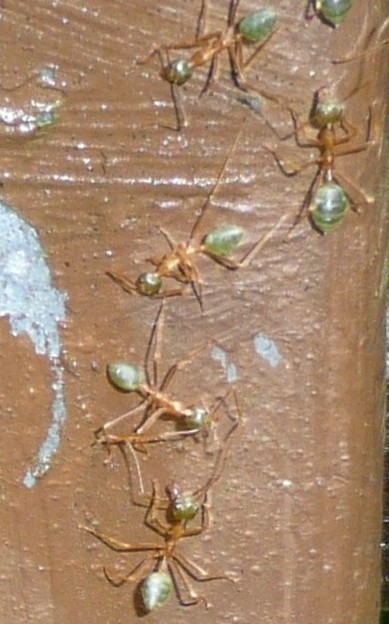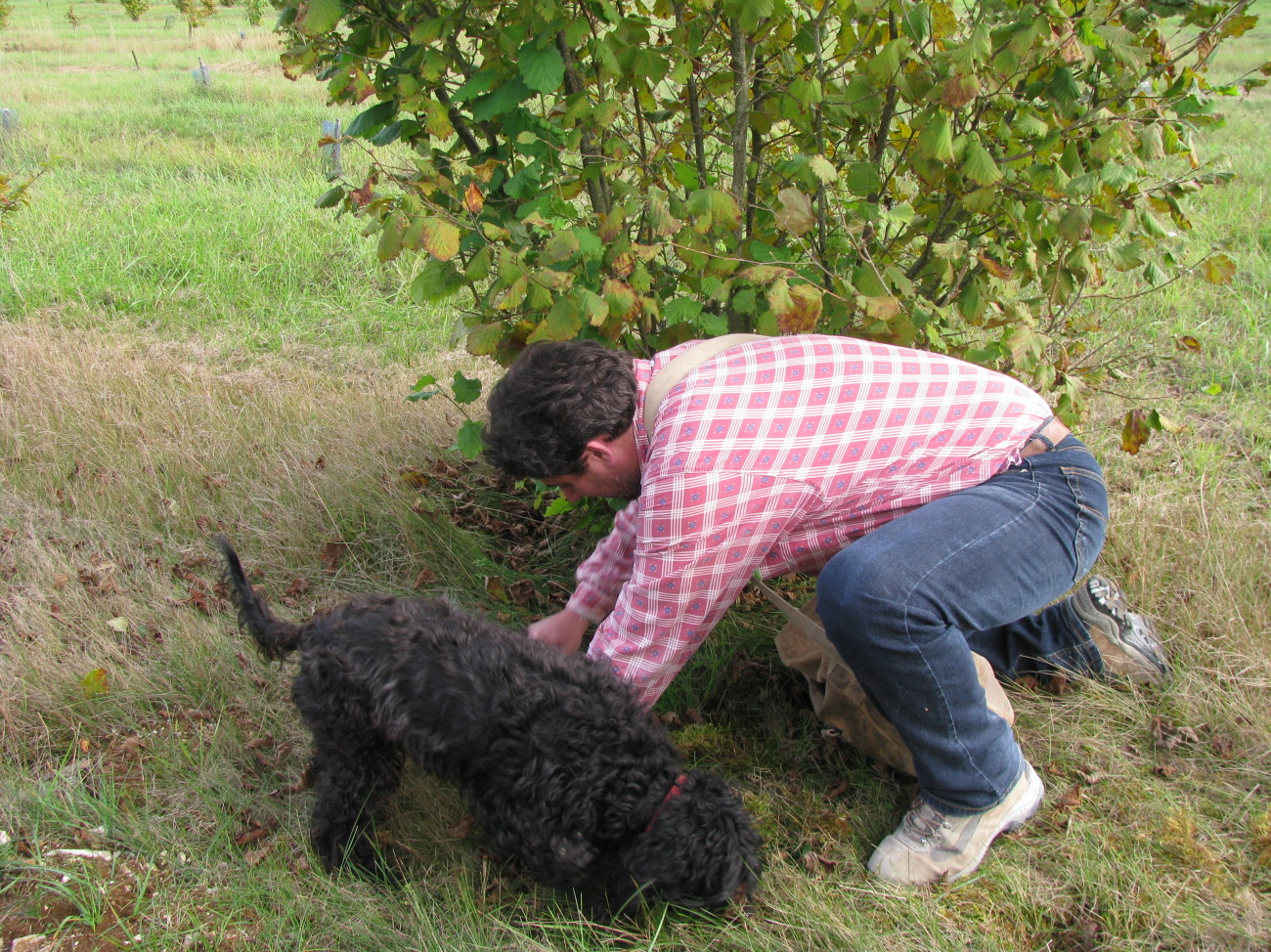
by Loti | Jul 17, 2013 | Flowers, Food, United States
Savannah, GA. A cool plant that you can eat (according to most websites although a few sites caution against ingesting it), keeps rodents and deer away from your landscaping, repels ticks and mosquitos, and will protect you from vampires. Why doesn’t everyone have one, I wonder? In South Africa, they are even planted around houses to keep out the deadly mamba snake (if you remember the skulls and crossbones snake rating used at the Serpentarium in Wilmington, the mamba gets 5 skulls indicating the most dangerous of all snakes). And as an added benefit, they attract butterflies and hummingbirds. Way cool. Society garlic, a perennial from South Africa, has a garlicky odor and taste with a pretty lavender flower that can decorate any salad or plate of food. The leaves can be eaten in place of chives and they are easy to grow. While they are not tolerant of really cold weather, this particular plant has thrived in Savannah, GA which gets pretty chilly. So what is not to love? Especially the vampire part. And why do vampires stay away from garlic? Well apparently vampires have an increased sense of smell so the odor of garlic keeps them at bay. Works for...

by Loti | May 28, 2013 | Art, Flowers, Food, United States
Boston. I don’t really think of a banana as a flower, but it turns out it is a flower, an herb (the world’s largest), a fruit and a berry. Well that is pretty cool. Here you see it recreated by the Blaschka’s in their amazing Harvard glass collection. Everything you see is made of glass. Every one knows bananas are really good for you, but I didn’t know they are slightly radioactive. That’s because of all the potassium which shows up as potassium 40 isotope. I also didn’t know they are the 4th largest world crop behind rice, wheat and maize with India being the largest producing country followed by Uganda. Really! And the Cavendish, the main banana we eat, is currently being infected by an unstoppable disease and will probably disappear during our lifetime. Hopefully replaced by another one. Wow. Who would have thought the banana had so much going on. Good thing I just finished one for breakfast. > > >...

by Loti | May 23, 2013 | Cambodia, Food
Boston. The restaurant advertised Cambodian/French cuisine. Never having eaten Cambodian, we figured why not. Plus it had a photo of a huge elephant beckoning us inside. How could we go wrong? Cambodian food, it turns out is delicious and very healthy. One of the world’s oldest cuisines, it has an emphasis on simplicity, freshness and seasonality. During the Khmer Rouge regime in the 1970’s, the cuisine was almost wiped out and forgotten. How glad I am that it is making a come back! The staple foods are rice and freshwater fish. During the rainy season, the whole country is inundated with monsoon rains turning the country into rice paddies. Almost every meal is served with rice. And for fruit, the durian (remember this fruit is banned in many places because of the smell) and mangosteen are the 2 most popular. The food is much like Thai, but without the spiciness. There is a French influence since Cambodia was once a French colony. Lunch yesterday was a shrimp stir fry with a coconut milk, lemongrass broth and brown rice. Yum! If you haven’t tried Cambodian food, I highly recommend it. Especially if the restaurant features a welcoming elephant! ...

by Loti | May 8, 2013 | Animals, Art, Food, United States
Maine. Lobsters are harvested in Maine by traps set in the coastal waters with each trap attached to a floating buoy. Looking closely at the photo, you notice the buoys all have different color schemes and striping. That’s because each lobster fisherman has his/her own colored buoy which is helpful when you have up to 800 lobster traps (the maximum allowed by law) attached to your buoys. With over 3 million buoys in Maine waters alone, a whopping 126 million pounds of lobster was harvested in 2012. Just a few hundred years ago, lobster were used as fertilizer and considered a poverty food. Today they are not only expensive, but scientists are finding lobsters have some very interesting anti aging properties. Move over Botox! Lobsters apparently age very slowly, if at all. An enzyme named telomerase is responsible which repairs the lobster’s DNA. As a result of this enzyme, it is possible (although improbable) they could live forever if not injured or captured. Pretty cool if you are a lobster. Just last year, scientists figured out how to tell a lobster’s age by the number of rings in its eyestalk (the stalk connected to the eyeball). With research continuing on this important enzyme, we will be hearing more about it. Who knows, a drink called the fountain of youth made with lobster bits may be on the horizon. Yum! ...

by Loti | May 8, 2013 | Australia, Food, Insects
Australia. These are the coolest ants I have ever seen. This photo was taken in a rain forest near the Great Barrier Reef in northern Australia. Known as weaver ants, they live in trees, in nests made of leaves woven together with silk. Silk? Where in the world do they get it? I thought only silkworms made silk. This is where the story gets interesting. Adult ants can’t make silk (well of course I knew that. Not!). But the larvae produce it (of course). So the adults grab a larvae and gently (so as not to kill it) squeeze the larvae which secretes a drop of silk. The silk is deposited along the edge of the leaves to make them stick together (kind of an ant version of super glue). And a remarkable cooperative behavior is seen among the ants when constructing their nests. Not only do they use the larvae as tools to stick the leaves together, they pull the leaves closer to each other by forming ant chains. They grab the ant in front of them around the waist and form long lines stretching between leaves and pull to force the leaves together. Large colonies can involve multiple trees, numerous nests and millions of ants. So ants exhibit some very cool, complex social behaviors. And some folks eat the ants as part of their diet. I am told they taste like lemon. Think I’ll pass on this one. Athough as a flavoring for bird drop soup, maybe…. ...

by Loti | Apr 26, 2013 | Animals, Food, France
France. Given a choice of touring Dijon, France on our barge trip or going truffle hunting, the choice was obvious (at least to me). A truffle hunt with a Lagotto, a dog bred to hunt truffles, was in order. There are hundreds of truffle types, but we were going to hunt for black ones. So what exactly is a truffle (and I am not talking about the chocolate kind although, in my opinion, they taste better)? Truffles are mushrooms growing underground, often around the base of a tree. They are usually harvested by pigs and dogs who can smell the fragrant fungi. Pigs are used less today (they are actually outlawed in Italy) as they damage the truffle habitat while digging and then they eat the truffle. Dogs don’t seem to really like the truffle which works much better. Known as one of the most expensive foods on the planet (currently selling for over $500 a pound which is still less than bird nest soup), I got to taste one that had just been dug up by our truffle dog shown in the photo. It tasted like dirt and dog slobber so I don’t really get the big deal. And on the cooking show “Chopped”, any chef using truffle oil almost always loses. Come to find out, truffle oil rarely contains truffles but is olive oil with a synthetic chemical made from formaldehyde. Yum. While truffles are mainly grown in Italy and France, we are starting to see them cultivated in the US in Oregon and even Tenn. So if you get a chance to taste one or watch...







